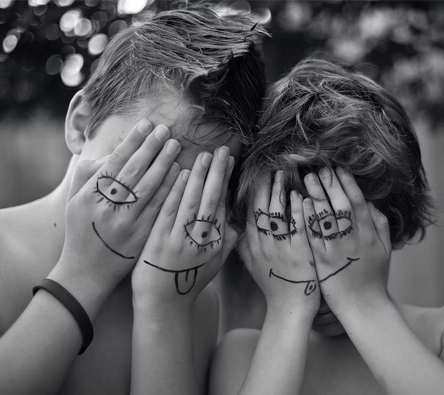How do you help children grieve?
We know how difficult it can be to find the right words to comfort children. We don’t want to say the wrong thing, but we also want to connect with them and offer our support. Finding this balance is challenging if you don’t have the right tools for the job.
We think we are armed when we utter kind statements which can make the problem worse.
Well-intentioned kind statements adults use:
At the loss of a loved one: “Please don’t cry, your grandad/dad/mom would not want you to be sad”.
At the loss of a pet: “Don’t be sad, we’ll get you a new cat/dog/hamster”.
When a loved one is in hospital and the child fears the worse: “Don’t worry, I ‘m sure he/she will get better soon”
When a teenage looses his/her first love: “There’s plenty more fish in the sea”
When a child changes his/her school: “Think of all the friends you’ll make at your new school”.
When parents separate: “Look on the bright side, now you will get to have two birthday parties, one at your Mum’s and one at your Dad’s”.
The child may stop crying to please you, but the message received is that it’s not okay to be sad and grieve.
Wouldn’t it be nice to know what to say or do when children come to you for comfort? Imagine knowing the right words and actions to take with a child who is grieving a loss!

